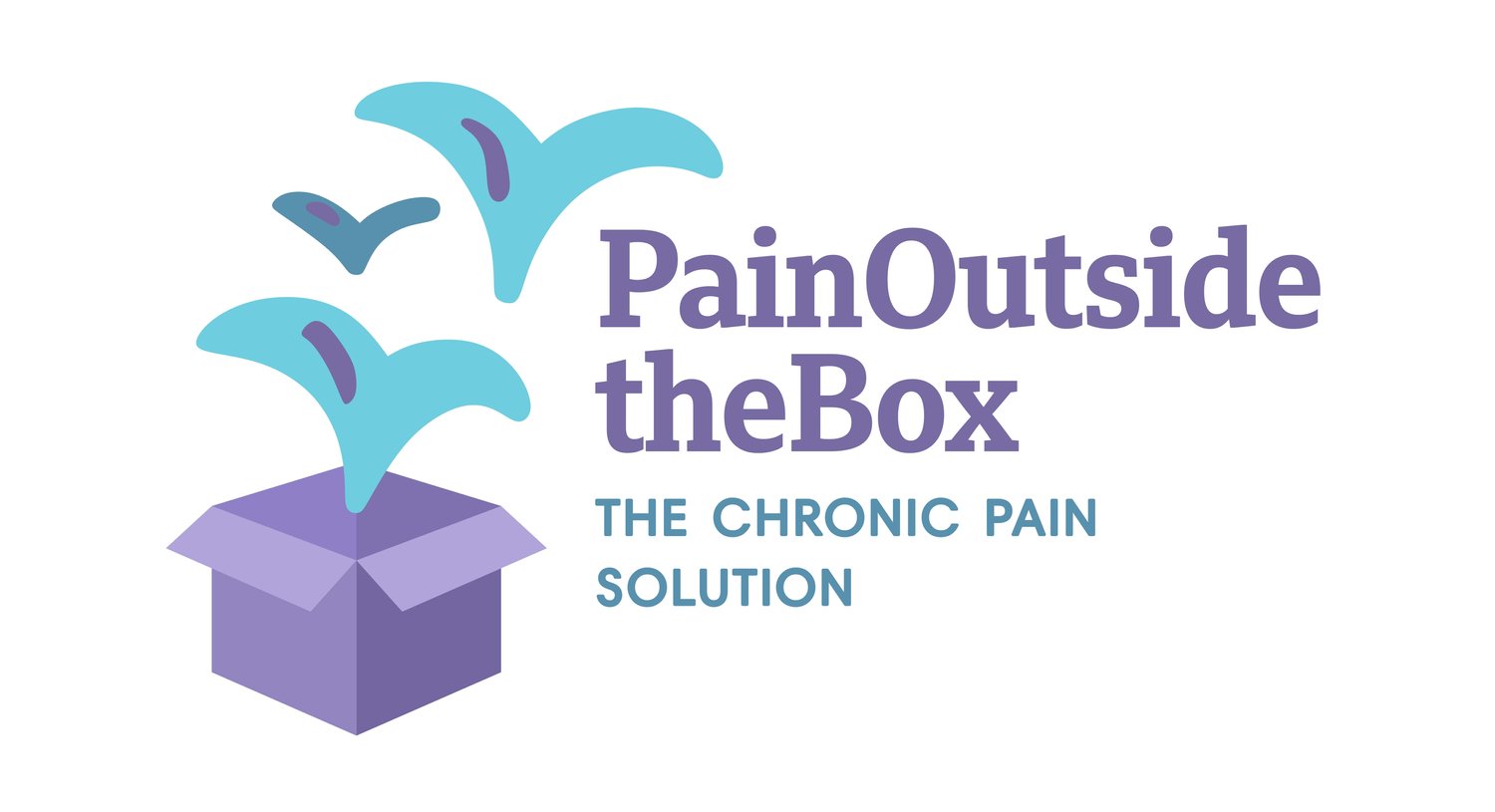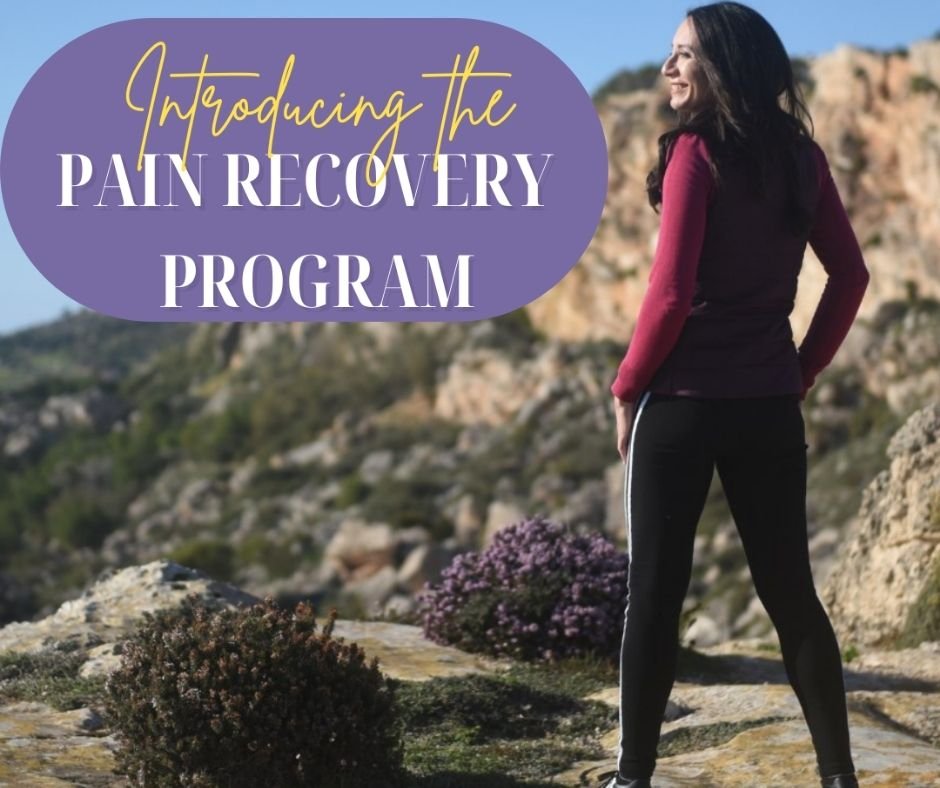The Best Books on Tension Myositis Syndrome and MindBody Disorders
The majority of people who recover from TMS read at least one TMS book for guidance and inspiration.
Most books on Tension Myonueral Syndrome and Neuroplastic Pain are written by individuals, including doctors and practitioners, who have dealt with neuroplastic symptoms first-hand, and recovered successfully.
I always recommend to my own clients to read one or two of the below books, in order to get different perspectives and insights on the syndrome, and thoroughly understand what’s going on.
Top 7 TMS / MindBody Healing Books
Healing Back Pain: The Mind-Body Connection (1991)
Author: John E. Sarno, M.D.The book famous for curing people from chronic pain after they read it, this certainly ranks in at number one. Although it’s been published many years ago, and doesn’t explain many techniques at length, it does provide the groundwork for understanding and working on TMS, and also includes Sarno’s 12 Daily Reminders for people with TMS.
The MindBody Prescription: Healing the Body, Healing the Pain (1999)
Author: John E. Sarno, M.D.Sarno’s book following Healing Back Pain contains further insight on mindbody disorders in general, and does not focus specifically on just back pain. The MindBody Prescription uncovers numerous chronic conditions that can be classified as TMS, and provides a ‘prescription’ on how to go about changing one’s beliefs and attitudes towards symptoms, which will serve as a way out of chronic pain.
The Great Pain Deception: Faulty Medical Advice Is Making Us Worse (2020)
Author: Ozanich, Steven Ray.
A lengthier read that’s ideal for those looking for a truly inspiring success story, Ozanich tackles various other facets of TMS which Sarno only mentions briefly. The book takes the form of a narrative, walking through Steve’s traumatic life experiences and his long years of suffering from chronic pain. He describes the intense mental challenge he underwent once he realised that the pain was TMS, and how he finally overcome chronic pain through fully embodying Sarno’s mindbody principles.The Hidden Psychology of Pain: The Use of Understanding to Heal Chronic Pain (2012).
Author: Dr James Alexander.
With a great educational take on TMS healing, Alexander helps you understand the workings of TMS, such as the distinction between acute pain and chronic pain, and delves deep into the workings of the subconscious mind and how childhood trauma affects our pain levels.Alexander goes further by elaborating on additional techniques or factors that help with recovery, such as the importance of sleep, and the use of EFT techniques.
Unlearn Your Pain: A 28 Day Process to Reprogram Your Brain
Author: Howard Schubiner, M.D.
Schubiner’s book provides a step-by-step process to heal from TMS, by helping readers determine whether or not they are suffering from the condition, then guiding them through various insights and exercises. Unlearn Your Pain is designed in the form of a practical workbook, and has had incredible reviews thanks to its ability to make TMS and neuroscience principles easy to understand and apply.You can get Unlearn Your Pain on Amazon here*.
Think Away Your Pain: Your Brain is the Solution to Your Pain
Author: Dr. David Schechter, M.D.
This book is focused on how to change the neural circuitry of the brain by working with one’s thoughts and beliefs through a systematic method that readers can easily follow. The book is ideal for those looking for the Scientific evidence behind TMS and who would like to deepen their understanding of neuroscience so they can apply this knowledge to their own TMS recovery.
7. The Way Out: A Revolutionary, Scientifically Proven Approach to Healing Chronic Pain (2022).
Authors: Alan Gordon with Alon Ziv.
This book provides great insight on the relationship between fear and pain, and proposes pain reprocessing techniques as a way of changing one’s response to the sympoms. Alan has an incredibly witty and humorous way of dealing with an otherwise ‘pain-ful’ subject.
The Way Out is based on Scientific studies into the nature of chronic pain, highlighting how the brain actually changes in people with pain (and how it can change again once they are pain-free). It has some important lessons on fear, and introduces you to the concept of Pain Reprocessing Therapy - which is a technique for feeling safer with symptoms and lowering the fear levels that are responsible for generating them.
Get The Way Out on Amazon here!*
* As an Amazon Associate I earn from qualifying purchases.
Tension Myositis Syndrome Recovery Program - helping you get committed
TMS books on their own can be of enormous help in recovery, and one or two may even be enough for someone to experience good progress.
I myself read Dr Sarno’s Healing Back Pain during my recovery period. However, one other crucial thing that I did was follow through a hands-on program that increased my level of commitment. I used to work on a different exercise each day (which included different ways of journalling and self-expression in writing, as well as practicing thought-redirection techniques and meditating).
I attribute my successful recovery to the fact that I worked on an aspect of TMS every single day, to my 100% commitment, and also to my psychologist back then, who, despite never having heard of TMS, quickly understood what I was going through, and taught me different mindfulness meditation techniques.
Pain Free Breakthrough - A 60-Day Transformational Pathway to Pain Free!
When I became a TMS Coach myself, I knew that I wanted to share the knowledge in the best way possible, and to make it easier for other people to recover from TMS.
In my case, I had to Google for different resources online, and I had to keep myself focused and disciplined, as a way of striking a balance between doing too little or too much (yes, you can do ‘too much’ TMS work!).
Based on my personal experience and the techniques I perfected by working with my own coaching clients, I created the Pain Free Breakthrough Program with the aim of making it the most comprehensive MindBody Healing Program out there.
In Pain Free Breakthrough, I take clients through a journey of self-exploration to uncover those emotions and corresponding issues that are keeping symptoms alive in the body. The program focuses on self-alignment work, emotional release and on cultivating an essential mindset shift: from fear and helplessness to more personal empowerment, acceptance and trust in one’s body and one’s personal abilities.
The Path to Pain Free Workbook & Program
Path to Pain Free is a 25-day Program and Workbook giving you access to Resources designed to teach you all you need to know about MindBody disorders, and what actions to take to overcome neuroplastic symptoms
Path to Pain Free: A 25 Lesson Resource & Membership Program to Overcome MindBody Pain and Pave Your Way to a More Fulfilling Life!
In 2020, I collaborated with another TMS Coach and MindBody Practitioner, Duncan Clarke, so that both of us could provide our own personal and professional insights into TMS recovery.
That’s how Path to Pain Free was born, first as an ebook, and now in its current form as an Online Program with accompanying Workbook.
The Program aims to make you aware of all the subconscious thought and behavioural patterns that keep TMS pain alive.
The Resources consist of 25 lessons plus additional resources including meditations, PRT techniques and more.
Each lesson is followed by a specific task that will help you tackle a particular aspect or trigger of TMS.
Find our more about Path to Pain Free Workbook here!
Movies and Documentaries about TMS
Besides the recommended TMS books, the below are the TOP 3 movies that will help inspire you and increase your understanding of Sarno’s work and that of his contemporaries and followers:
All the Rage: Saved by Sarno. (2016). https://alltheragedoc.com/.
All the Rage features short interviews with Dr Sarno, and snippets from his professional life up until his retirement. A truly inspiring movie, it does an amazing job at giving Sarno the credit he deserves as the pioneer in the field.
This Might Hurt. (2019) https://www.thismighthurtfilm.com/.
The protagonist in This Might Hurt is Dr Schubiner, a doctor who contributed immensely to Sarno’s work. The documentary focus on Schubiner conducting pain healing programs with a group of chronic pain patients, and provides a very humanistic view of both the insights and the challenges that crop up for these individuals.
Pain Brain. (2023). https://painbrainfilm.com/.
Pain Brain is a movie featuring Pain Psychologist Alan Gordon, which explains what’s going on when the human brain learns to generate pain. It is based on a randomized controlled trial which has revolutionized the way we understand chronic pain, and which will pave the way for a more psychologically-focused treatment in future.





